From the outset, Drowning Dry immerses us in a feeling of unease and queasiness. A placid lakeside retreat for two sisters and their families takes an unexpected and tragic turn. Even in the examination of the mundane, such as a family opening up their lake home or cheap attempts at foreplay between spouses, there is a feeling that something is amiss. We are not in for fun in the sun, but instead, a devastating deconstruction and dissolution of a family. Told partially through the use of flashbacks and shifting points of view, Drowning Dry plunges us into the deep end and lets the water of memories and regret wash over us.
We begin in media res. Lukas (Paulius Markevičius), a mixed martial arts competitor, wins a competition. To celebrate, he, his wife, Ernesta (Gelminė Glemžaitė), and their children organize a lakeside retreat with Ernesta’s sister, Justė (Agnė Kaktaitė), her husband, Tomas (Giedrius Kiela), and their children. However, tragedy strikes while the children are swimming and the parents are talking finances, resulting in both Ernesta and Justė becoming single mothers.
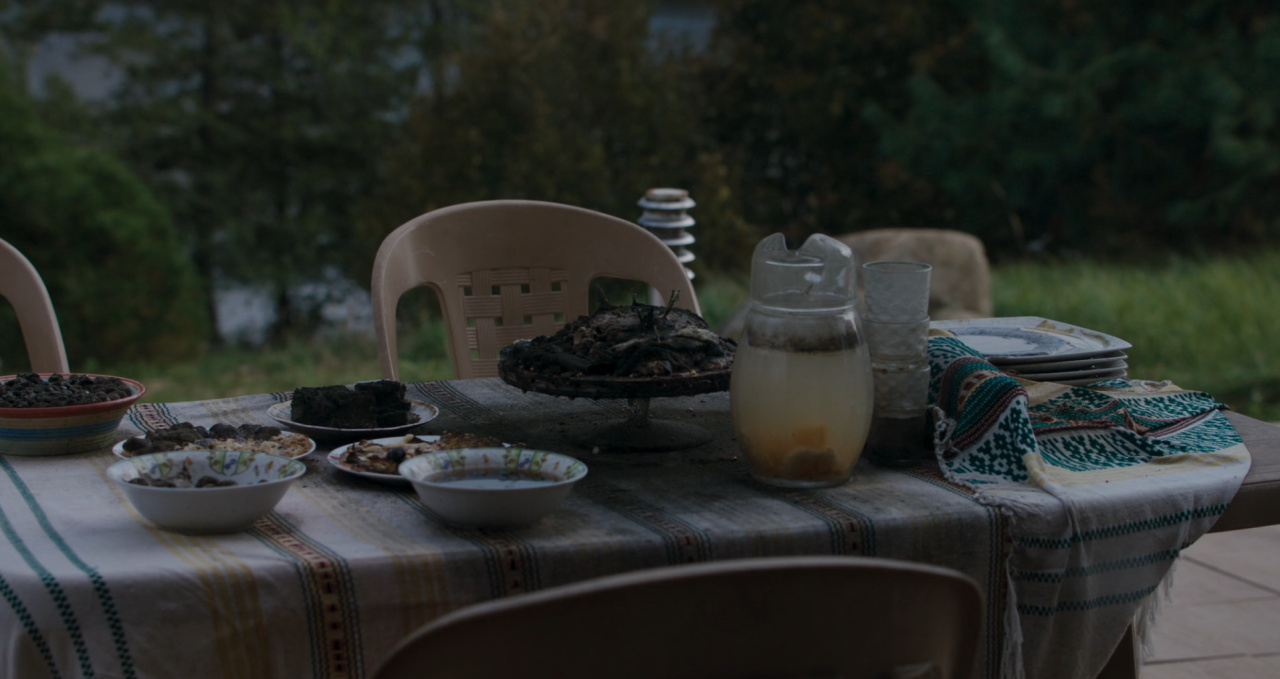
Dry drowning or secondary drowning is a rare complication that happens if water gets into the lungs. A small amount of water can irritate the lungs’ lining and fluid can build up, causing a condition called pulmonary edema. Director/writer Laurynas Bareiša utilizes dry drowning as both a plot device and a structural element for the film’s narrative. While the literal event occurs, the rest of the film analyzes the trauma of the experience. Dry drowning can be seen both as a literal plot device and as a metaphor; trauma affects everyone in different ways. The film becomes a riveting treatise that highlights the fact that there are no easy answers.
Anyone who has been in the water and had a momentary loss of control knows the fear. Bareiša drives this point home by having the audience relive this experience repeatedly throughout the film. The effect is not done ad nauseam, but enhances the film’s theme. Trauma lingers and takes hold in ways that defy convention and expectation.
Running at under an hour and thirty minutes, Drowning Dry leaves no room for air. A few additional minutes might allow us to ponder for a bit longer. The film simulates the drowning effect on the audience. It forces us to lose control as the adults in the room attempt to unpack the emotional damage wrought by the dry drowning event. Easily the film’s greatest attribute is its deliberate effort to prolong the inevitable. As we find from the beginning, there is something in the air. We cannot put our finger on it, but like anyone with a premonition or uneasy feeling, we know there is more afoot than a family reunion.
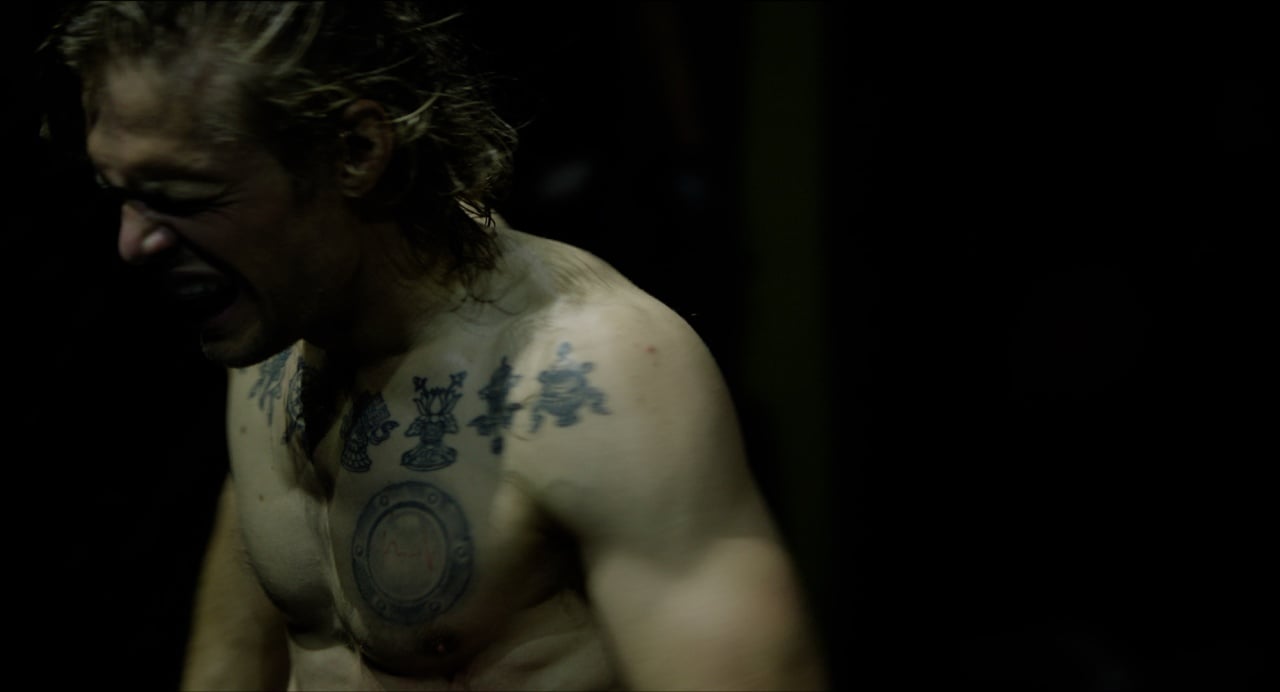
The event itself happens without warning, and instantly, we jump forward. The movie follows a semi-non-linear structure, keeping us off balance as the events and moments leading up to it replay. We never quite know what happens as the situation reshuffles itself, forcing us to pay attention to the tiniest detail in the frame. It is only upon the second flashback that we see a fuller account, and even then, we are unclear. The psychological reckoning is effective, and it adds to our tension.
The story unfolds after the near-drowning in the lake, and the family attempts to resume normal activities, including a party for Tomas’ birthday. Still, as earlier in the film, a sense of imbalance persists. Something is about to happen, and we, like the characters, don’t know how or when it will occur.
There is one particular shot of Tomas as he sits in the living room, alone with the rain pouring outside. He eventually gets to close the door. It’s a brief scene, but it drips with subtext. We have nothing but loneliness and the isolation of thought. Later, towards the end, we see the remains of the birthday party. The food is rotting, and any sense of merriment is long gone. Again, the film reminds us of life’s frailty and the instantaneous arrival of the unexpected.
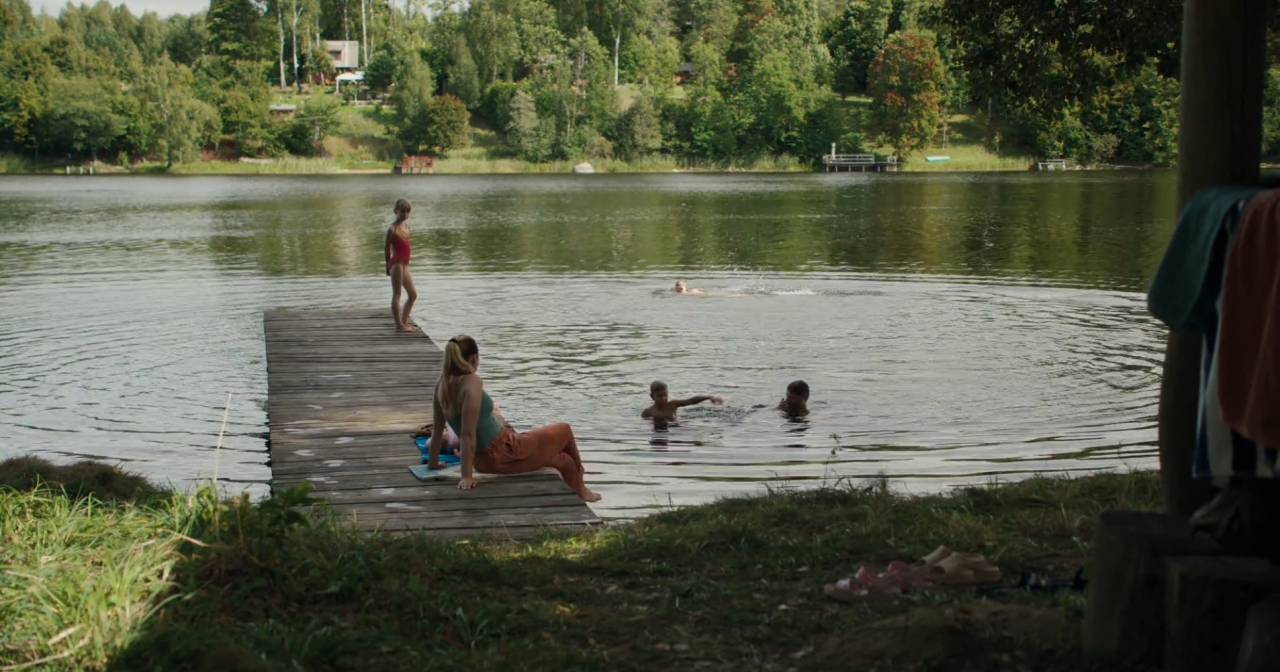
The intimate nature of the cinematography betrays us, creating a sense of distance and deception. We are left puzzling over the double meaning of smiles; is the kick to the head during the martial arts competition more than meets the eye? The film invites us in as though we are guests, but we instantly regret pulling up a chair and joining this family discourse. Reality itself bends as we are left questioning what we saw with our own eyes. The flood of memories and biased perceptions clutters what happened.
Drowning Dry is an unsettling watch, particularly in terms of its portrayal of the effects of the titular experience. However, perhaps more devastating is the emotional wreckage the film wrought, not only on the family but on us in the audience. This is a film that seeps into the soul and persists without mercy, much like dry drowning itself.
Drowning Dry is currently playing at the IFC Center in New York courtesy of Dekanalog. The film will expand to Los Angeles on July 30th followed by additional major U.S. cities.

Drowning Dry is an unsettling watch, particularly in terms of its portrayal of the effects of the titular experience. However, perhaps more devastating is the emotional wreckage the film wrought, not only on the family but on us in the audience. This is a film that seeps into the soul and persists without mercy, much like dry drowning itself.
-
GVN Rating 8
-
User Ratings (0 Votes)
0

Writing & podcasting, for the love of movies.
His Letterboxd Favorites: The Dark Knight, Halloween, Jaws & A Christmas Story.


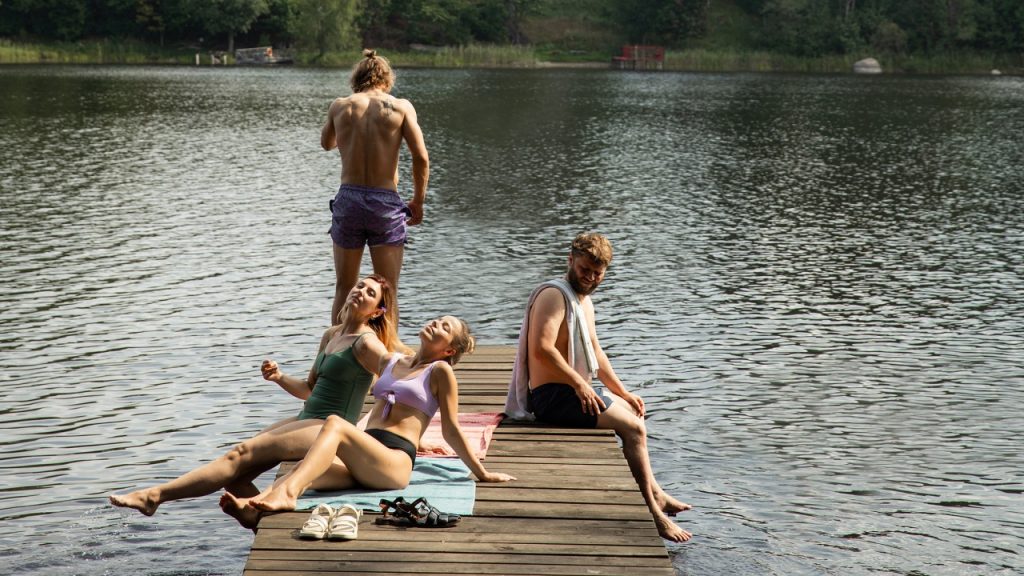
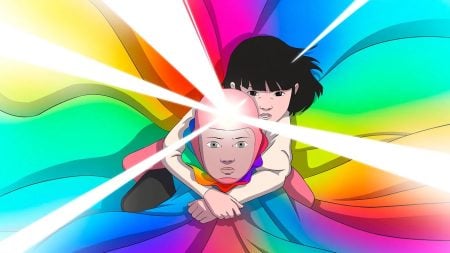
![‘Jay Kelly’ Review – Noah Baumbach Makes A Case For The Magic Of Movie Stardom [NYFF 2025] ‘Jay Kelly’ Review – Noah Baumbach Makes A Case For The Magic Of Movie Stardom [NYFF 2025]](https://cdn.geekvibesnation.com/wp-media-folder-geek-vibes-nation/wp-content/uploads/2025/11/Jay-Kelly-JKELLY_20240523_15320_C2_R-300x180.jpg)

